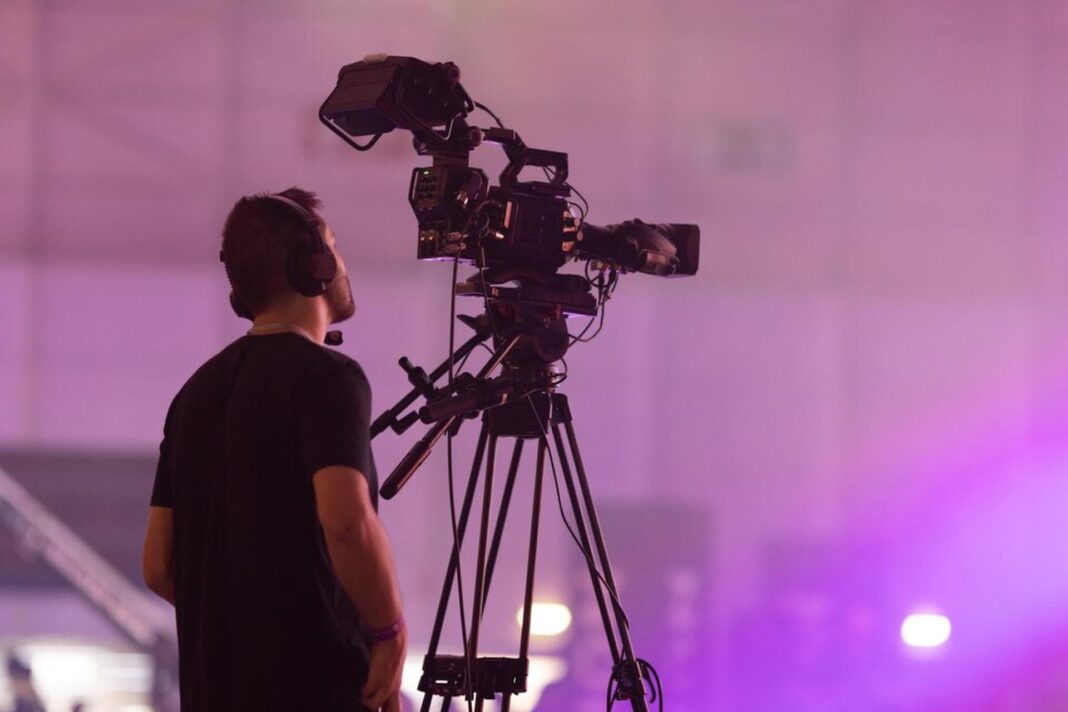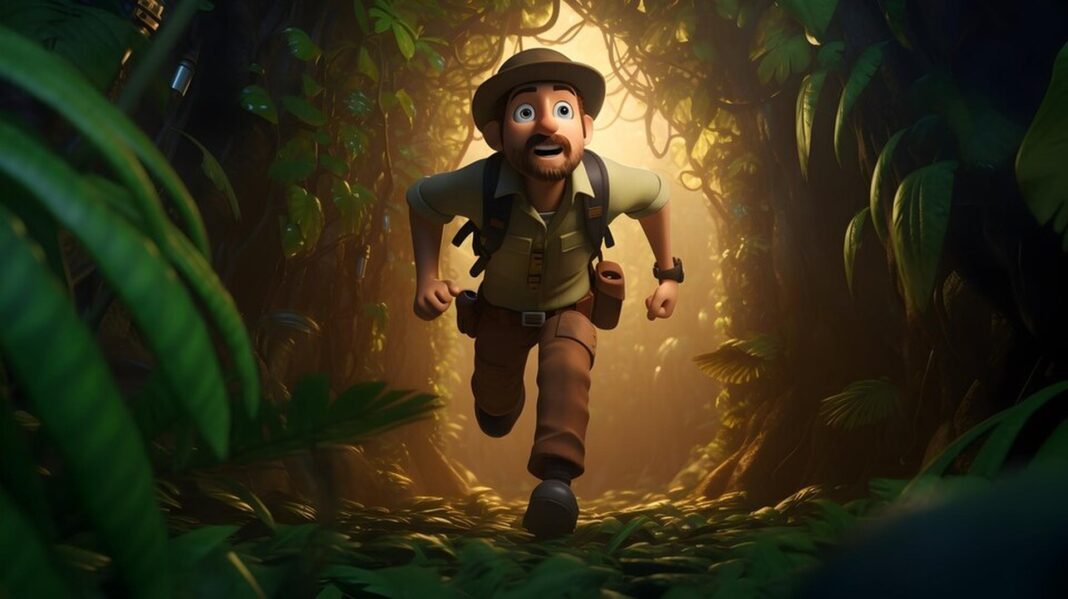Understanding Camera Angles And Their Impact
Filmmaking relies on camera angles. They shape tale perception. Different perspectives evoke different feelings. Low angles make characters appear strong whereas high angles show fragility. Storytelling improves with angle.
Wide pictures generally set the setting. They depict the protagonists‘ surroundings. The audience feels more with close ups. They express emotions via a character’s face. Over the shoulder pictures evoke closeness. They make viewers feel involved in the discussion.
Bird eye views are unique. Above the scene shots accentuate solitude. Conversely a worm eye perspective shows immensity. Each perspective affects the story’s impact. Filmmakers experiment with angles to elicit emotions. Effective narrative requires experimenting.
The Role Of Lighting In Storytelling
Cinematography requires lighting. The scene’s atmosphere and tone are established by it. Different lighting may change emotions. Using soft lights may be romantic. Conflict is typically shown by harsh lighting. Visual narrative benefits from light and shadow.
The key light highlights the topic. Fill light minimizes shadows. Backlighting creates silhouettes and depth. All light sources have a function. Lighting may also direct attention. Subtle modifications may greatly affect story flow.
Scenes seem real with natural light. It is realistic and relatable. Creative control is available with artificial illumination. Filmmakers may twist it for their plot. The direction of light matters. Side lighting adds drama while top lighting provides interesting shadows.
Color grading increases lighting narrative. It sets the tone and cohesion. Lighting is narrative and utilitarian. Through understanding its effects filmmakers may create captivating pictures that engage viewers.
Color Grading: Setting The Mood
Color grading changes film aesthetics. After manufacturing colors are altered and enhanced. This determines the tale tone and atmosphere. Different color schemes create different emotions. Warm hues like reds and oranges evoke desire. Cool hues like blues and greens may relax or depress.
Film uniformity is ensured via color grading. Visuals match the story’s emotional development. Themes are frequently represented by color palettes in films. Desaturated colors may convey grief or nostalgia. In contrast bright colors convey enthusiasm and energy.
The audience might get tiny clues from colors. Bright colors in horror films often evoke anxiety. Color grading affects viewers‘ time perception. A distinct color helps separate past scenes from contemporary ones.
Innovative technologies and software improve color grading. Never before have filmmakers had greater creative alternatives. Correct color grading delivers a tale without words. It enriches the story and increases viewer emotion.
Innovative Equipment Transforming Cinematography
Technological advances are changing cinematography. New gear gives filmmakers great versatility. HD cameras capture incredible detail. Drones enable aerial shots previously unachievable. Such advancements enhance filmmakers‘ creative possibilities.
The stabilization gear changed motion capture. Even in dynamic conditions gimbals and Steadicams smooth pictures. This technology increases narrative with fluid movement. Lighting equipment is also more advanced. LED lights are flexible and adjustable in real time.
Virtual and augmented reality are emerging horizons. Immerse audiences with stories. These technologies challenge cinematic methods. Filmmakers are using various mediums to tell new stories. Additionally 3D cameras have changed depth perception.
Advanced editing software improves cinematography. Filmmakers may simply alter video to produce spectacular images. This accessibility lets small filmmakers compete with big films. Creative freedom is no longer limited by budget. Innovative equipment makes cinematography more vibrant and inclusive.
How Technology Is Reshaping The Art Of Film
Filmmaking evolves with technology. Digital cameras replace film making high quality photographs easier. This change made filming easier. Filmmakers from diverse backgrounds may now convey their experiences.
Streaming platforms now distribute differently. Global audiences can see independent films. This change opens up numerous voices. Remote cooperation is made easier by technology. Filmmakers worldwide may collaborate.
Artificial intelligence usage is rising. AI simplifies editing. This aids in color grading and sound design. Technology boosts efficiency, freeing up time for innovation. LED walls and other virtual production methods are changing set design. They make affordable immersive experiences.
Technology constantly impacts audience engagement. Experience tales differently via interactive storytelling. Now viewers may customize their watching experience. The art of cinema has evolved beyond conventional approaches. It combines creativity and technology.
Framing: The Visual Composition
Cinematography requires framing. It influences what viewers see in shots. Framing directs attention and interpretation. Well framed shots enhance a scene’s mood. Moviemakers employ the rule of thirds to balance.
Character location is important in the frame. How viewers see them changes. Off center subjects cause stress. Centered topics represent steadiness. Background components also frame. They give context or represent topics.
Negative space in framing matters. It might accentuate solitude. However a packed frame might show turmoil and energy. Filmmakers experiment with depth and layering. The visual composition gains dimension.
Each frame option tells stories. It influences audience perception and emotion. Framing goes beyond aesthetics. It enhances emotional resonance and visual storytelling.
The Significance Of Movement In Cinematography
Cinematography becomes dynamic with movement. It animates static visuals and grabs attention. Camera movement improves narrative. Pans tilts and tracking shots show progression. Guide the audience through the story.
Each movement has its effect. A gradual zoom conveys closeness whereas a fast zoom implies haste. Fluid motions make viewing smooth. Jarring actions increase audience stress. Movement may also reflect a character mood.
Actor emotions matter too. Their physicality impacts the visual narrative. Dramatic scenes benefit from choreography. Capturing such motions from unusual angles might provide new views.
Synchronizing camera and actor movement is key. This generates a smooth flow that immerses viewers. Movement in cinematography connects viewers to stories. It enhances the experience with depth and dimension.
How Has Technology Influenced Cinematography?
Cinematography has altered tremendously with technology. Digital cameras increased inventiveness and versatility. HD video is now easy for filmmakers. This has made filmmaking easier for independents. Superior editing software has also been developed. The post production process is now efficient. This lets filmmakers convey their tales.
New technology like drones allows for amazing aerial images. VR is transforming storytelling with immersive experiences. These advances allow films to reach broad audiences. Distribution strategies have changed on streaming platforms. Filmmakers have numerous display possibilities. Technology has greatly influenced cinematography enabling new narrative styles.
What Are Some Classic Cinematography Techniques?
Classic cinematography is important to cinematic history. Chiaroscuro has long been used to create depth. This lighting method contrasts light and shadow. It enhances scene drama. The rule of thirds is another balanced composition strategy. This aids viewer attention.
Establishing shots set the scene. Wide pictures contextualize the story. Closing shots reveal subtle emotions connecting viewers to personalities. Panning and tilting improve scene mobility. Classic methods are still useful. They are key to understanding cinematography. All methods enhance the visual narrative assuring its longevity.



